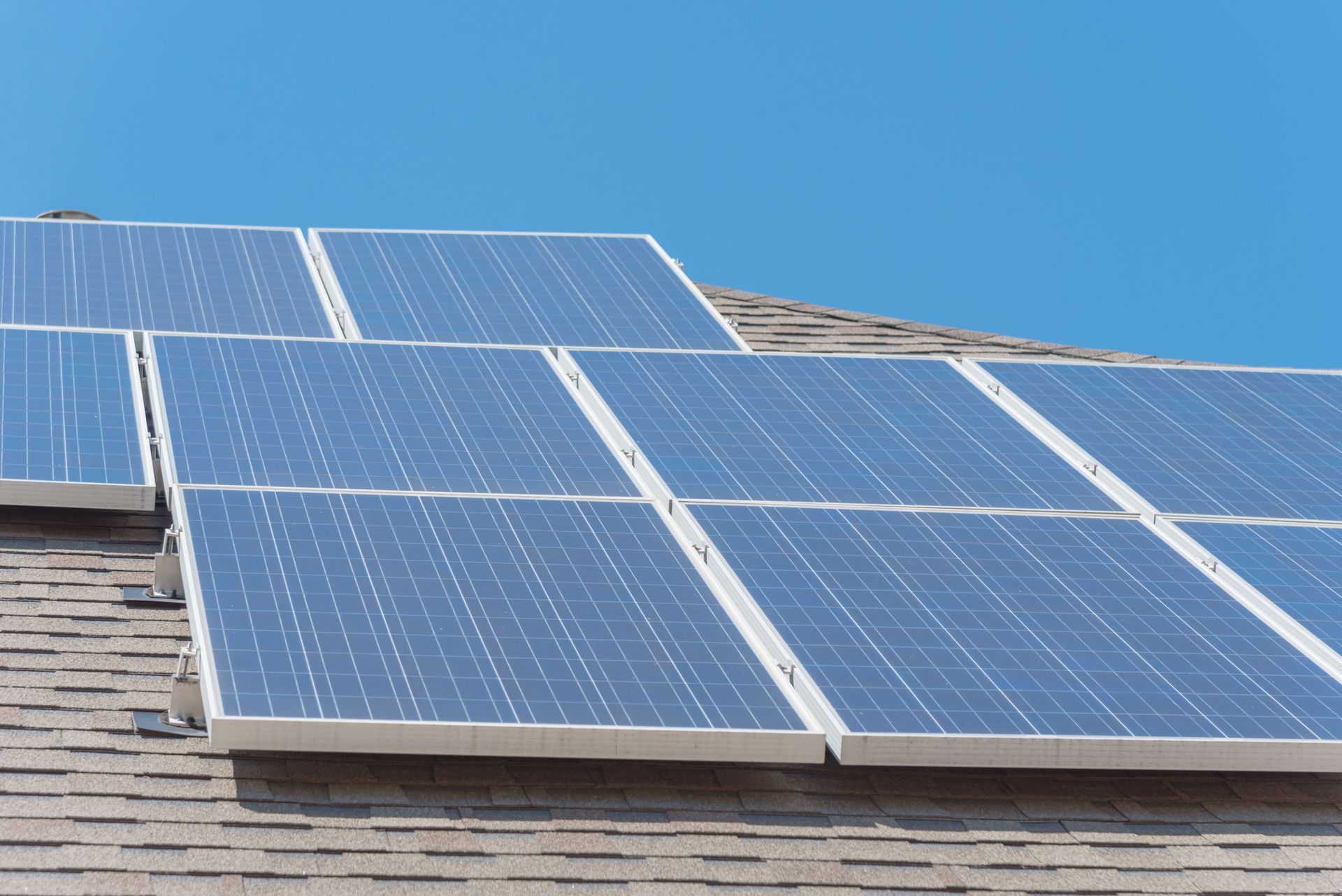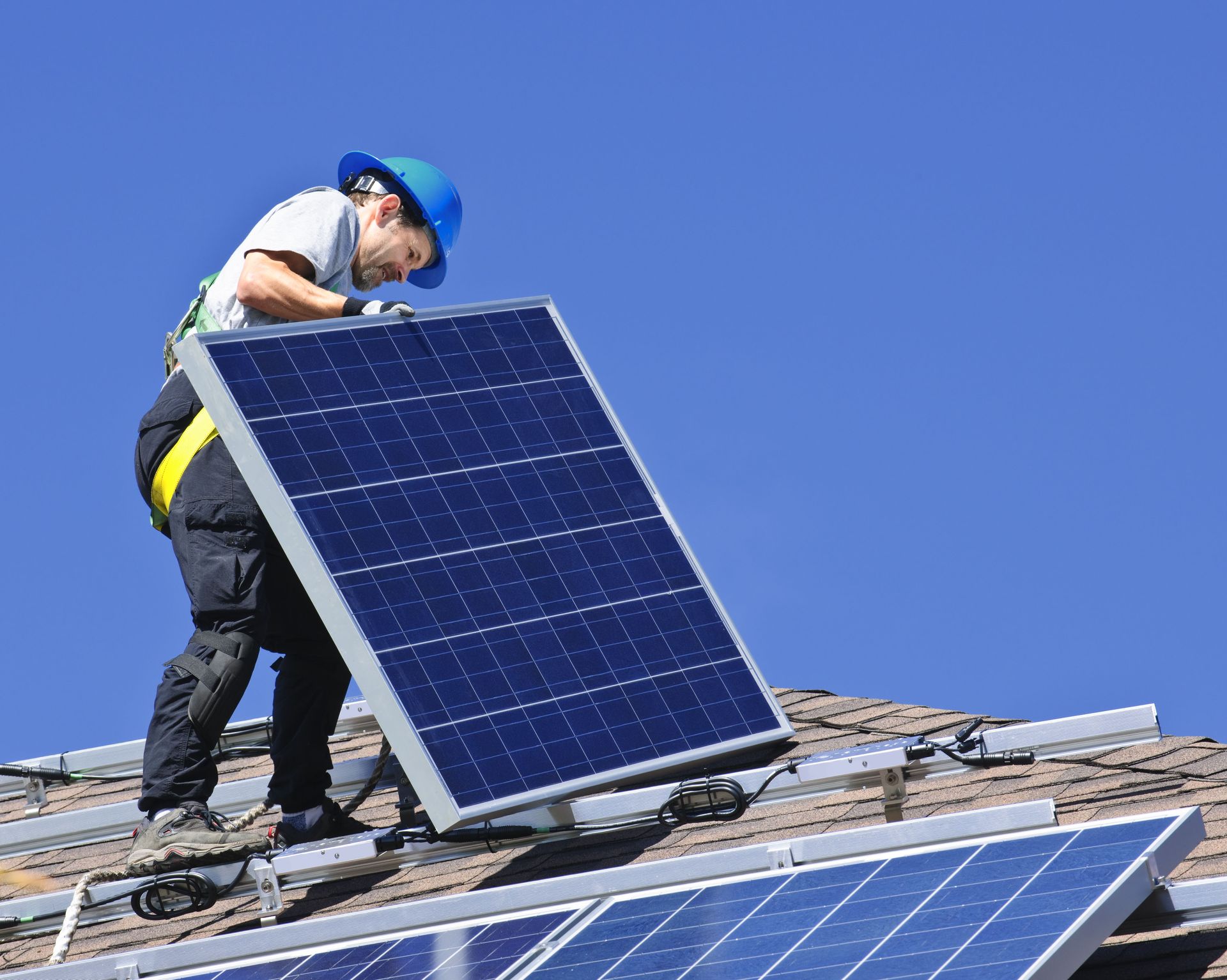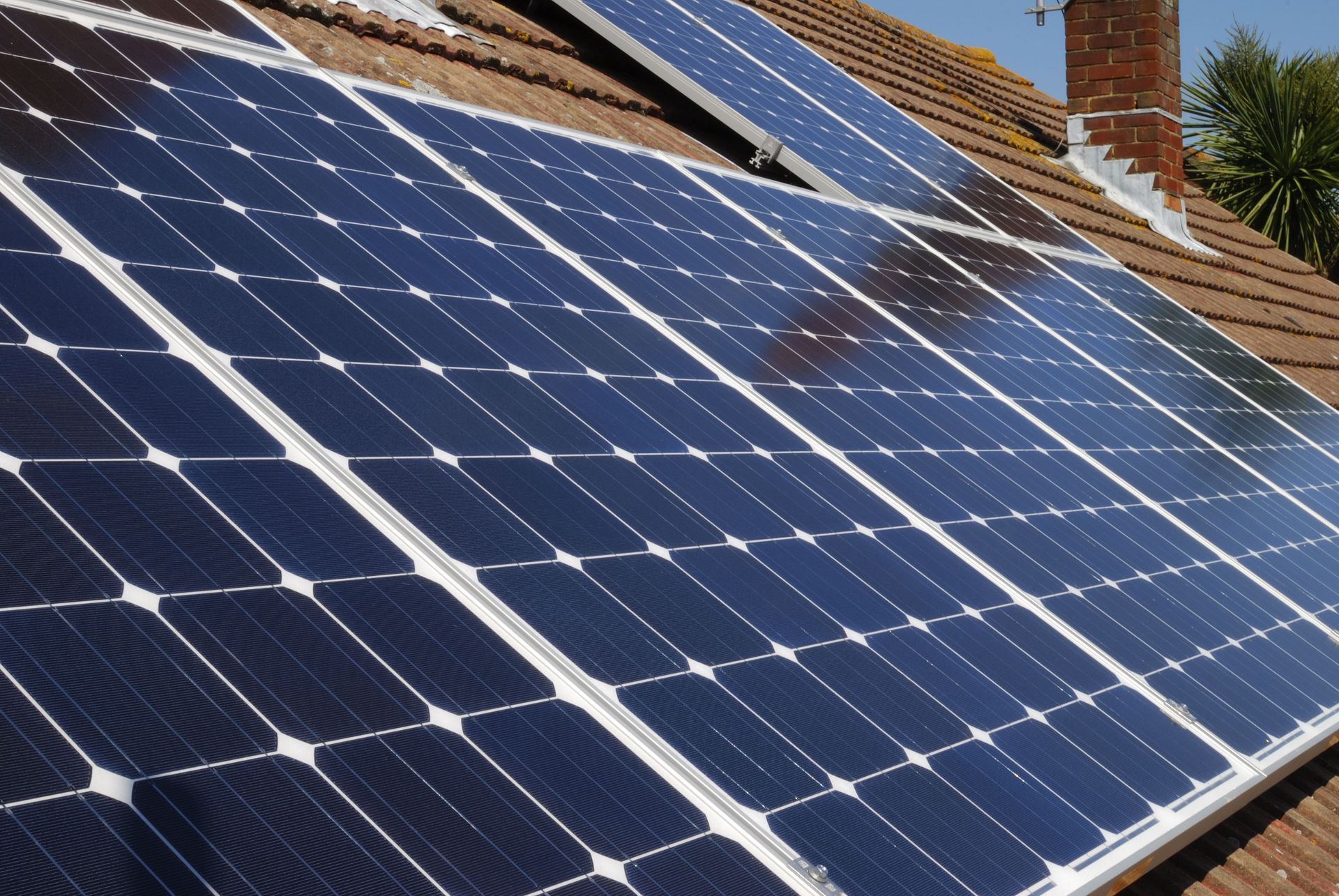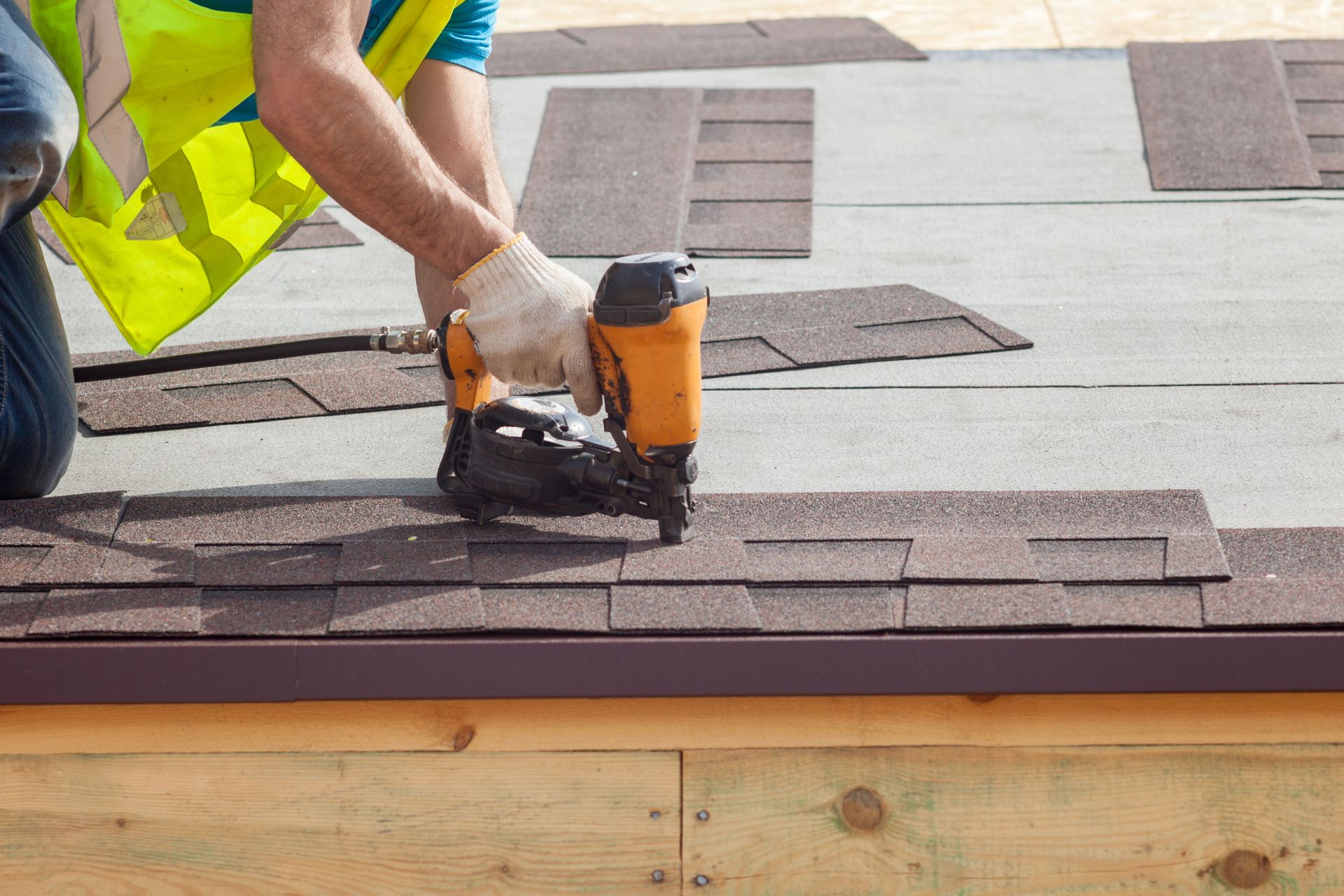Debunking Common Myths About Solar Panels
The transition towards renewable energy sources has sparked an abundance of discussions, particularly about solar panels. While the adoption continues to accelerate, several myths and misconceptions often cloud the remarkable potential of solar technology. Let's take a moment to dispel some of the most common myths associated with solar panels, offering clear insights into their true benefits and feasibility for both residential and commercial use.
Myth 1: Solar Panels Are Too Expensive
A prevalent myth is that solar panels are prohibitively expensive and only affordable for the wealthy. While solar panels do require some initial investment, the costs have dramatically reduced over the past decade due to technological advancements and increased production. Additionally, government incentives and financing options have made it progressively easier for individuals and businesses to afford solar installations.
Moreover, many homeowners find that solar panels eventually pay for themselves through substantial energy bill savings. Over time, the reduction in monthly electricity costs can offset the upfront expenditure, resulting in significant long-term financial benefits. Some regions even offer net metering programs, which allow users to sell excess energy back to the grid for credits.
Myth 2: Solar Panels Can Only Function on Sunny Days
Another common misconception is that solar panels only work on sunny days or in warm climates. In reality, solar panels generate electricity from both direct sunlight and scattered light, meaning they can still produce power on cloudy or rainy days. While performance may be affected by weather conditions, the overall efficiency of solar systems is designed to handle a variety of climates effectively.
In fact, some cooler climates are ideal for solar panel efficiency, as extremely high temperatures can slightly decrease output. Countries with less sunlight, like Germany and the UK, have successfully implemented large-scale solar programs, proving that consistent sunshine isn't a requirement for viable solar energy generation.
Myth 3: Solar Panels Require Too Much Maintenance
Many people believe that solar panels demand constant maintenance to remain effective. However, modern solar panels are built to be durable and low maintenance, typically requiring little more than occasional cleaning and inspection. With no moving parts and excellent warranties, their longevity and minimal upkeep make them an attractive option for homeowners seeking an efficient energy solution.
Most solar panel systems include monitoring tools that track energy production and detect issues automatically, making it easy to spot and address problems early. Professional maintenance services are also available for those who prefer expert support, but in general, solar panels continue to perform reliably with very little intervention.
Myth 4: Solar Energy Is Inefficient
Despite advancements in solar technology, some still view solar energy as inefficient. However, according to the Solar Energy Industries Association, there are more than 219 gigawatts of solar capacity installed across the United States, enough to power over 37 million residential properties. This staggering statistic showcases the effectiveness and scale at which solar panels can operate, dispelling the notion of inefficiency.
It's also important to note that solar efficiency continues to improve year after year. We've found that modern panels are now able to convert more sunlight into electricity than they did in the past, with premium models reaching even higher efficiency rates. When paired with battery storage and smart inverters, solar systems can optimize energy use and further reduce dependence on the grid.
Myth 5: Solar Panels Cause Pollution
Some detractors claim that the manufacturing process for solar panels creates significant pollution. While there are environmental impacts associated with production, advancements in technology and the growing emphasis on eco-friendly practices have greatly reduced emissions and resource usage. Furthermore, the clean energy generated by solar panels over their lifetime far outweighs their initial environmental footprint, offering a net positive effect.
Many manufacturers now follow strict environmental standards and use recycling programs to minimize waste during production and disposal. Life-cycle assessments show that solar panels offset the emissions from their production within a few years of operation, contributing positively to global efforts to combat climate change.
As we continue to advance into an era increasingly defined by sustainable practices, it's crucial to separate fact from fiction concerning solar energy. By debunking these myths, the true potential and benefits of solar panels can be appreciated and embraced. As we strive for a cleaner, greener future, understanding the realities and possibilities of solar power is an essential step in making informed energy choices. To learn more about this amazing technology, reach out to the professionals at Raneri & Long Roofing and Solar today!







Share On: